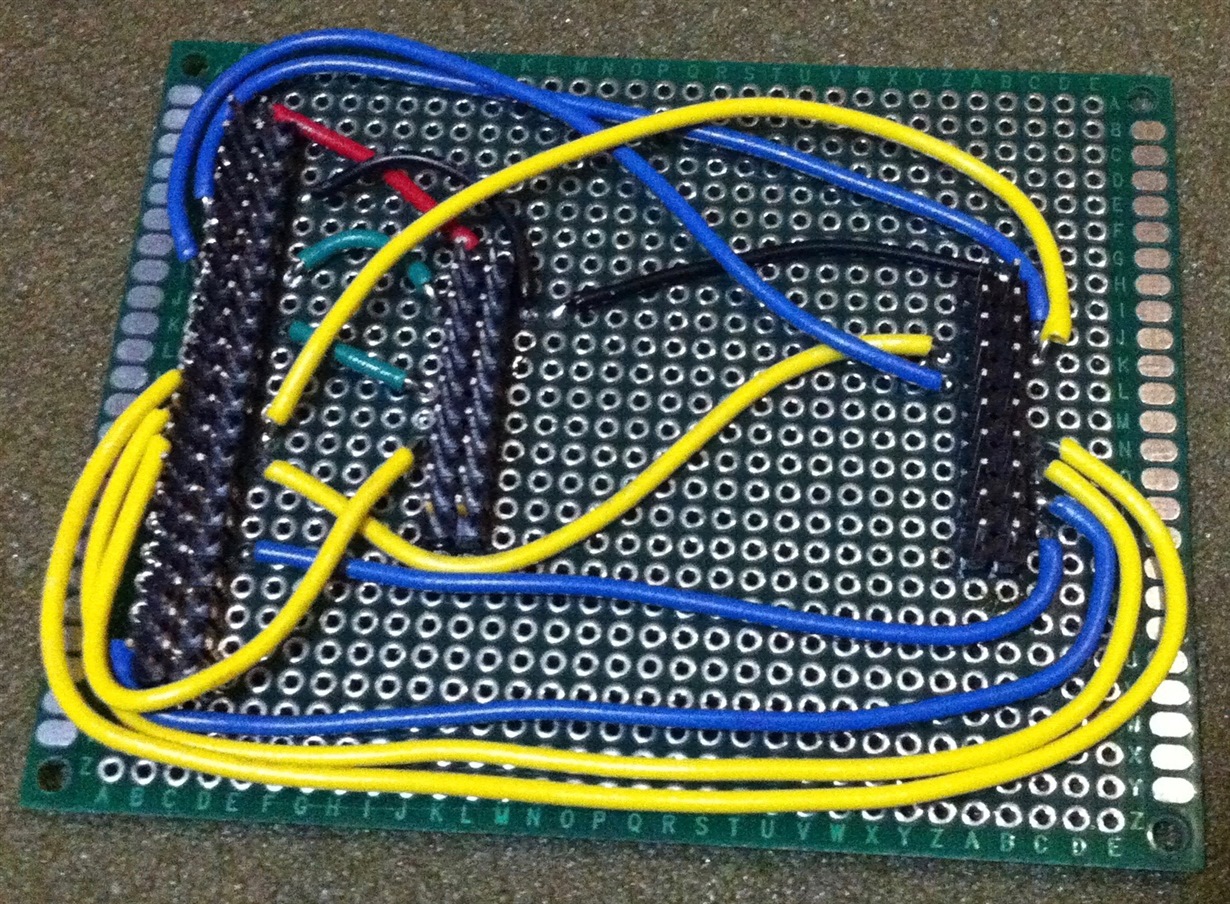Other Parts Discussed in Thread: TDC7201
I'm hoping to use the TDC7201-ZAX-EVM evaluation board in a prototype with an Arduino Uno as the uP. However, I can't find any documentation that describes the pinout of the board, or other information sufficient to support developing software drivers. All the evaluation documentation assumes that I will be using a TI uP with appropriate headers and tools so that I don't need to know any of that.
Question 1: Is there such documentation?
Question 2: Is anyone else using the tdc7201 with Arduino or Raspberry Pi? Is there any software already available for those platforms?
Question 3: (Assume measurement mode 2 with a max stop time of 20 uS.) My pulse source only has one channel, i.e. the start and stop pulses come in on the same line. Can I hook a single source to (say) both the START1 and STOP1 pins using a Y cable, and if so do I need to do anything special to prevent the start pulse from also triggering STOP1?
Thanks,


